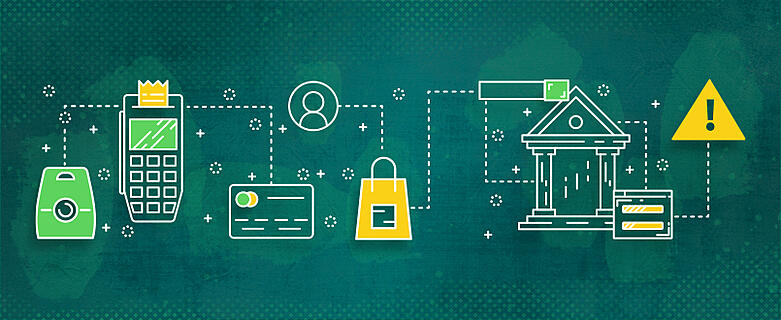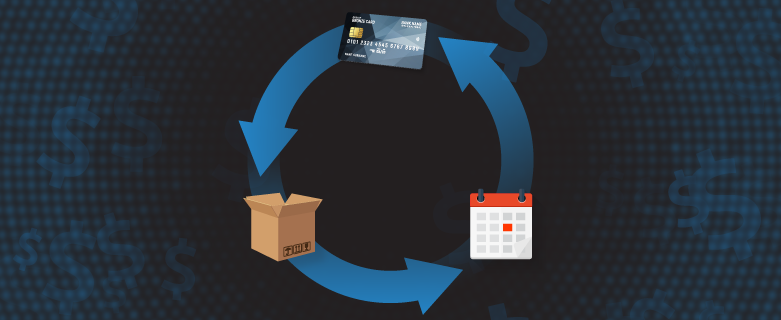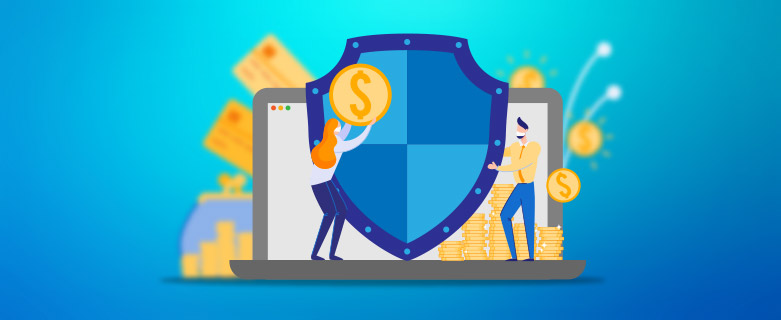News

How to Prevent Mastercard Chargebacks
Disentangling the roles of various payments can be confusing. Card brands such as Mastercard play a significant role in how chargebacks are filed, fought, and forestalled. In order to reduce their susceptibility to chargebacks, merchants would be well served to know how to prevent chargebacks when giving particular consideration to specific card brands. General chargeback prevention best practices are important for every card brand. Additionally, Mastercard provides a number of tools and services to help merchants prevent chargebacks on Mastercard transactions.
What Is the Mastercard Chargeback Process?
Mastercard has a standard chargeback process that is followed for most payment disputes. This involves the following steps:
- Initial Payment
- Chargeback Request
- Pre-Arbitration
- Arbitration
- Resolution
Of course, payment disputes can end in numerous ways throughout this entire chargeback process. And the specifics of the transaction and dispute could lead to innumerable exceptions to and variations on the standard chargeback process. But, in the broadest terms, this is the basic architecture of a Mastercard chargeback.
What Tools Are Available for Mastercard Chargebacks?
Through its own products as well as its ownership of Ethoca, Mastercard offers a number of tools to assist in chargeback prevention and resolution. These include:
Ethoca Consumer Clarity
Consumer Clarity, formerly known as Ethoca Eliminator, is a tool for facilitating the exchange of merchant and transaction information among all the stakeholders in the payments process. It is designed to reduce chargebacks by reducing the likelihood of consumer confusion. It provides rich merchant and purchase information, including easy-to-recognize merchant names, purchase location details, itemized digital receipts, and merchant logos.
Ethoca Alerts
Alerts are the lifeblood of chargeback prevention. Ethoca alerts serve as the chargeback alerts network for Mastercard transactions. Participating merchants receive an alert any time a cardholder requests to file a transaction dispute with their issuing bank. The merchant is then given a brief opportunity to address the alert and try to avert the chargeback, either by issuing a refund or by some other method.
Mastercard SecureCode
SecureCode is not a chargeback prevention solution in the sense that it functions as a part of the transaction dispute process. But it can still help prevent chargebacks by reducing the likelihood of fraud. SecureCode is a cardholder identification protocol that makes it easier to verify that purchases are being made legitimately.
What Other Techniques Can Be Used for Chargeback Prevention?
There is more to preventing Mastercard chargebacks than simply using Mastercard’s tools. Other tools such as chargeback analytics dashboards can be useful. But more than that, simple changes to how merchants run their businesses can have valuable results in reducing chargebacks. This includes:
- Emphasizing customer service
- Being magnanimous with refunds
- Monitoring the practices of any affiliate marketers
- Practicing good descriptor hygiene
- And remaining well-informed on trends and news in the payments industry.
Chargebacks come from a wide variety of sources and take a number of different shapes. Any successful chargeback prevention strategy is going to employ numerous tools and techniques.









